POLAR EXPRESS
Inside the Arctic adventure of
49m former salvage tug Asteria
Although Asteria wasn’t what her owner expected to buy when he was looking for a yacht that could go round the world, she turned out to be perfect for the far north, finds Caroline White
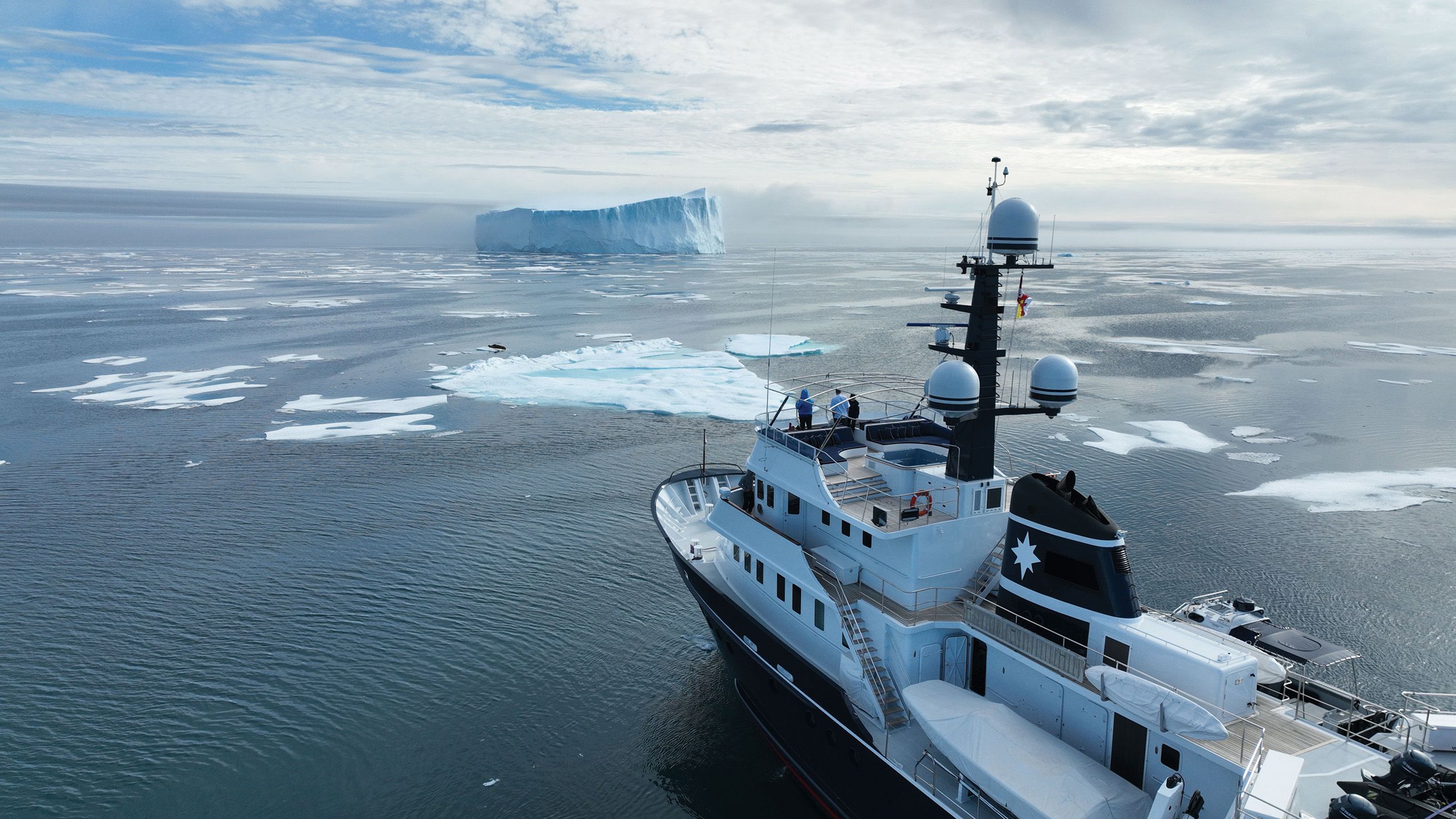
It was not, by any means, love at first sight for the man who would become the owner of 49-metre Asteria. Back in 2015, some brokers took him to Genoa to look at potential hulls that would allow him, his wife and two sons to enjoy world-girding expeditions.
“I wanted to have a boat that could go around the world. But I didn’t know what it meant,” he recalls. “The guys told me there were three boats, one of which was [54-metre] Itasca. They asked me, ‘Which one do you prefer?’ and I said ‘For sure, there’s one that I would never buy, and that’s Itasca. I don’t like the look of it.’ The broker was very experienced, so he said, ‘Well, actually it’s the only boat that’s been around the world – that’s the boat you need’.”
It took two years of looking elsewhere and visiting “maybe 100 yachts to understand that Itasca really was the boat I needed”. He made an offer on her but although the deal didn’t work out, he at least now knew exactly what he required.
“I found Asteria by myself. She was lying in Australia. Nobody knew the boat and I found her through a friend who knew the captain.” Like Itasca, this yacht, launched by Anastassiades & Tsortanides in Greece in 1969, was a conversion from a tough commercial vessel. And, like Itasca, she had a rugged aesthetic. “She was born as an offshore salvage boat – basically, Asteria was sent to rescue boats in the Med,” he says.

In contrast to tugboats built to tow ships into port – which have a lot of power but are not great at sea – Asteria was designed for open water, rough weather and thick sea states. In 2000, a Swiss owner bought and converted her (in New Zealand), then later he sold her to a Chinese owner. Five years ago, the current owner took her on. “I love Asteria because she’s a real boat. She’s a really heavy tug and has a huge range. I have a lot of space for tenders. She is also very sturdy, so I can go in the ice. I can do so many things with her that I couldn’t with other boats.”
In that first year of ownership – either side of a major refit in New Zealand – the family achieved a dizzying itinerary, including Vanuatu, French Polynesia, Fiji, the Galápagos, Costa Rica, the Caribbean, “then from Panama, we went all the way to Alaska through Mexico,” the owner says.
Last summer alone, they covered 12,000 nautical miles over 69 days at sea. But he describes these travels as trips – and he had his sights set on an expedition: the Arctic and Greenland. “Other places were very remote, but the environment in the Arctic is hostile. I like to think that if I’m in the South Pacific, in the middle of nowhere, and I have a problem, I can always stay on the beach and wait for a helicopter to pick me up. In the Arctic, you can’t do that because you can have a storm and you can be eaten by a bear. There are 100 ways of having a problem.”
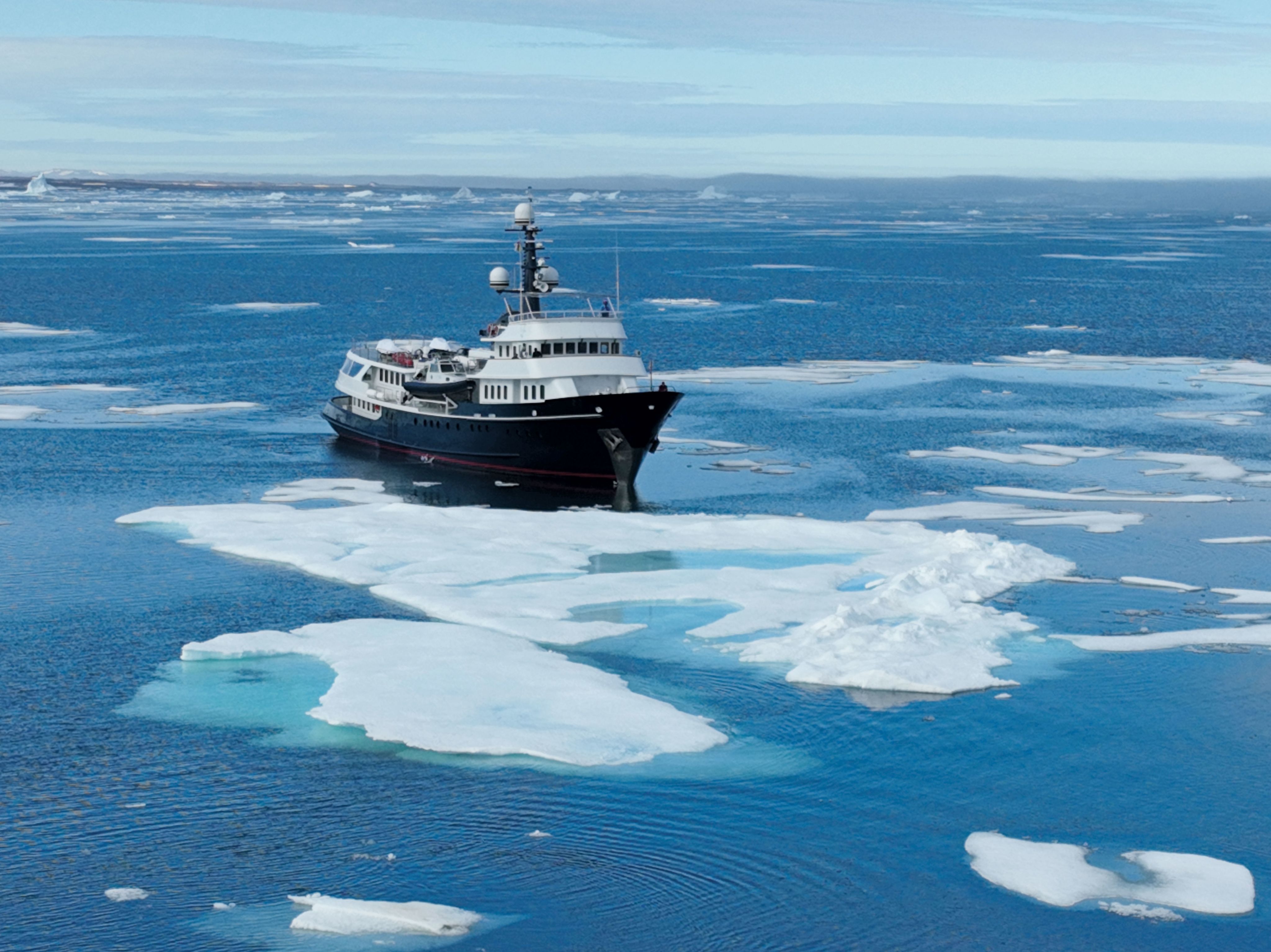
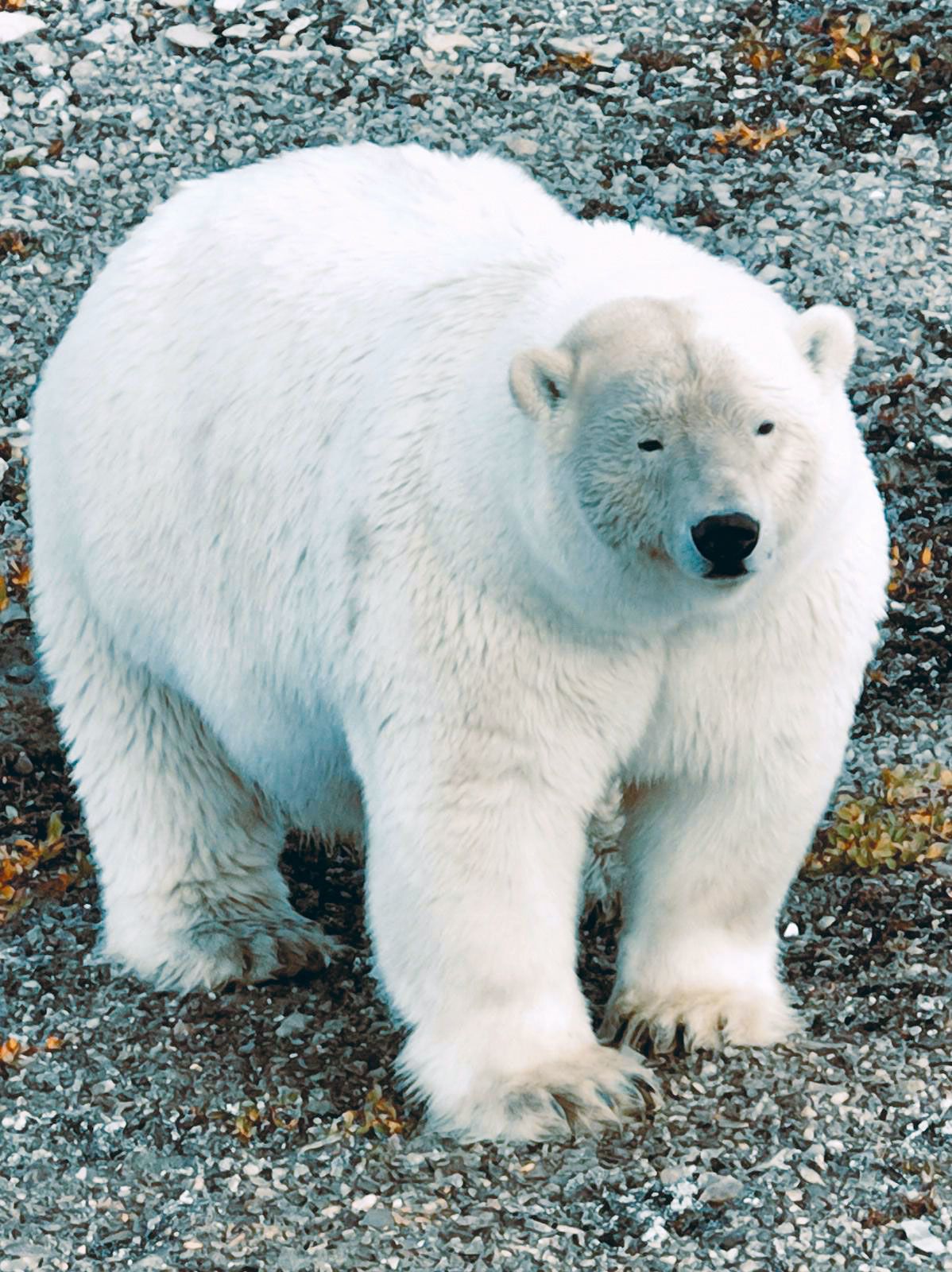
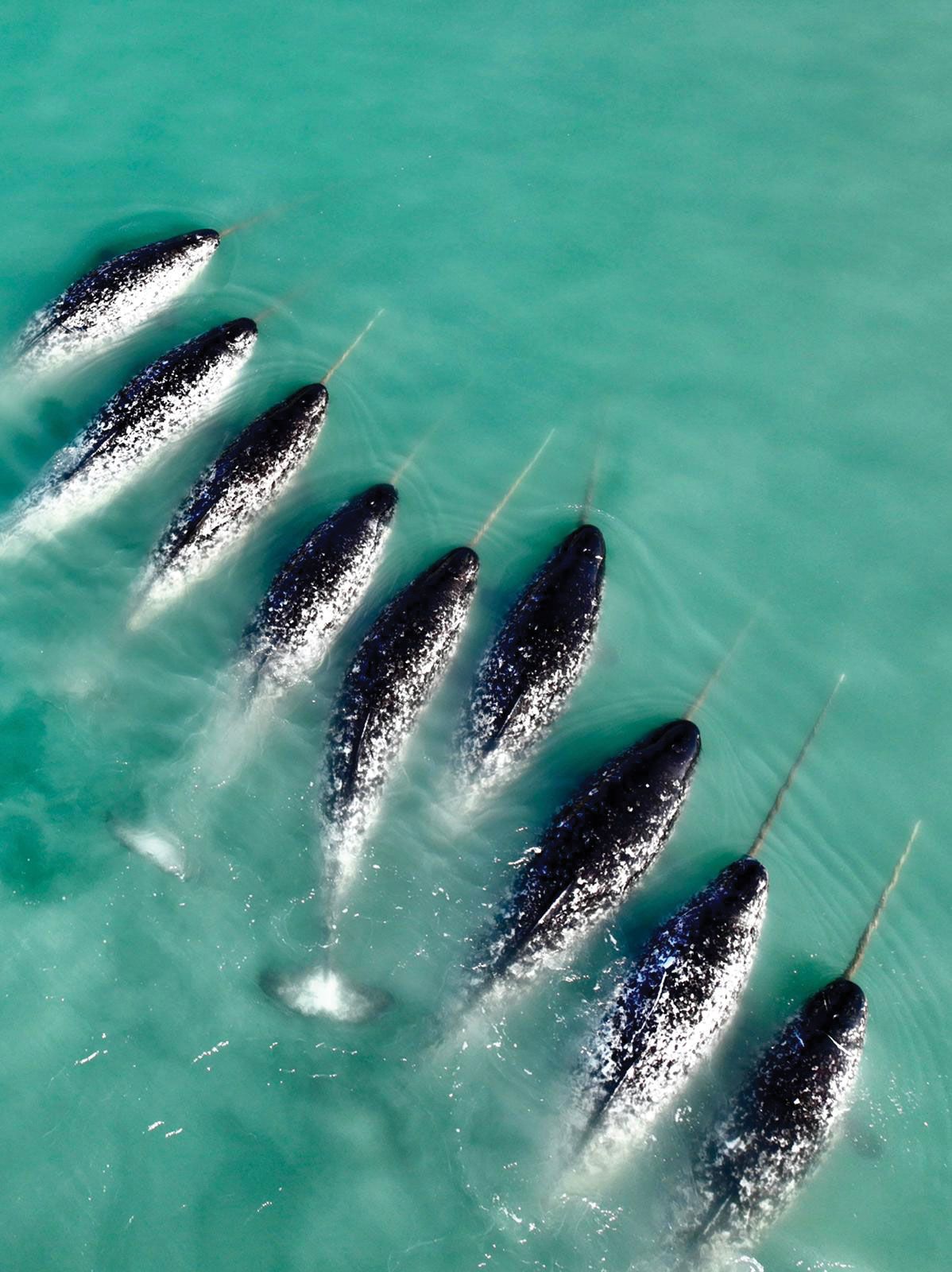





From top left, clockwise: Asteria starting to push ice. A polar bear on Philpots Island. Steering a course through the ice at Ilulissat Glacier. Narwhals displaying their distinctive tusks
Asteria set off from Miami last summer, moving up the American coast for 12 days before heading into the Labrador Sea, which slices Greenland from the North American continent. The owners met the yacht in Nuuk, the Greenland capital. “That’s about the same as the Atlantic, to put it in perspective,” says the owner.
From there, they glided north through the island’s fjords to Disko Bay: “The Ilulissat Glacier here produces the largest icebergs in the Northern Hemisphere. Titanic hit one of these icebergs.”
The yacht drifted north on currents – Canada’s northernmost reaches to port, Greenland to starboard – stopping in small bays until Asteria could cross the Baffin Sea to reach Pond Inlet, one of the last settlements in Canada. The route was elongated somewhat by the cold winter that had preceded them and formed thick ice, which the yacht zig-zagged to avoid.
“Don't think twice, just go. If you have the opportunity, just go there and spend as much time as you can”
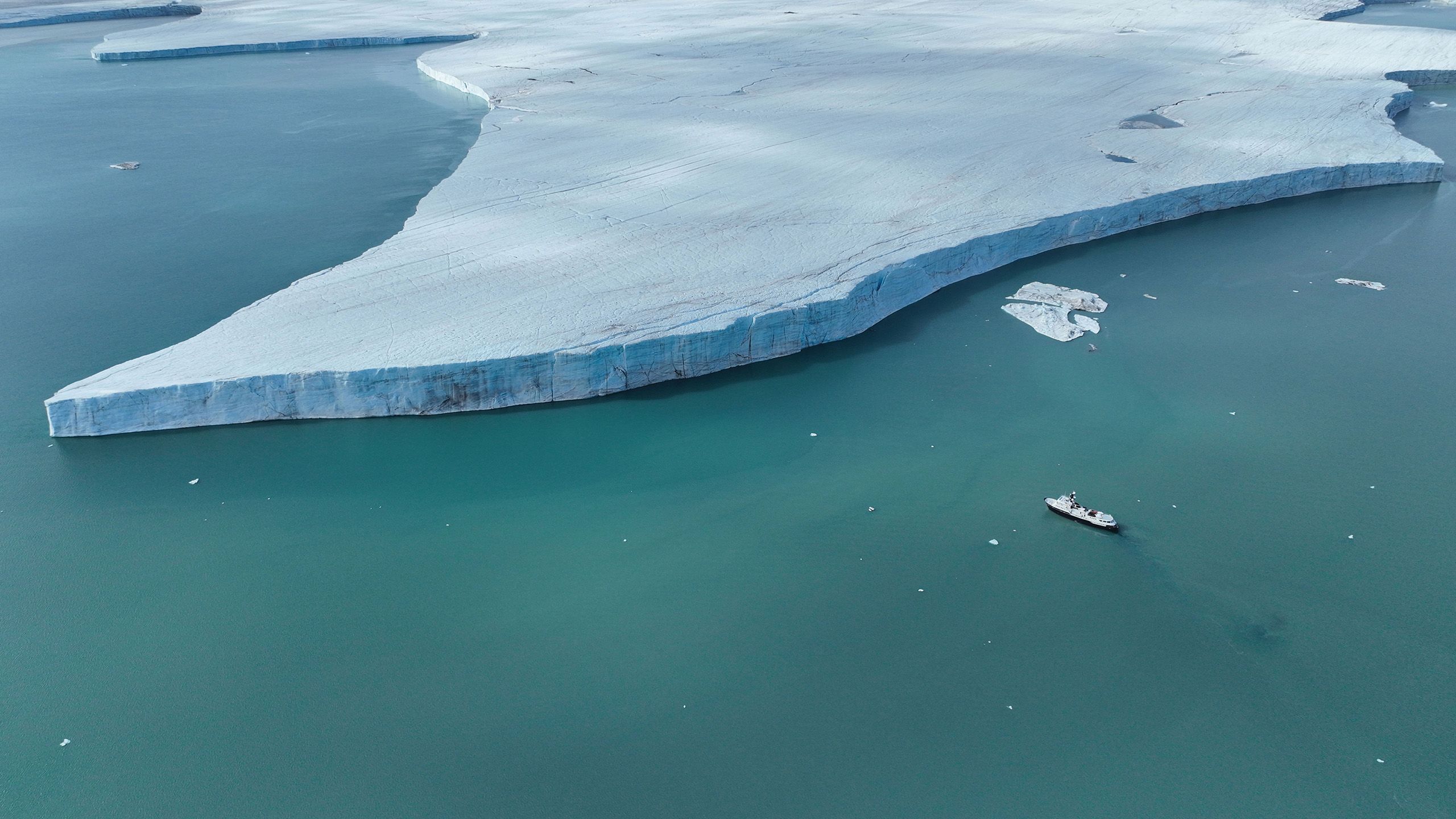
“Thank God we had an ice pilot. It’s very dangerous, so you’ve got to know what you’re doing,” he says. “You have to know where to anchor and where not to anchor and how to read the wind – the weather changes very rapidly in this part of the world. And icebergs move at one or two knots, so you can be anchoring in a bay and then, the next morning, you wake up to a huge wall of ice and you can’t get out.”
They had almost this exact experience in Ilulissat, where they’d anchored one night. “We woke up in the morning and it was full of icebergs. The captain tried to go straight out of the bay, but we couldn’t. There was too much ice, so we had to find a path along the coast. That was the scariest point of the trip, I think.”
There were unexpected challenges too. “The sun doesn’t set, so it’s beautiful,” he says. “It’s also great for navigation, which you can do 24/7 – you wouldn’t be able to navigate in the dark because you’d hit the ice without seeing it. But then the crew is very tired because you have a tendency – as you’re excited – to want to work all the time.”
From Pond Inlet, Asteria cruised to Devon Island in the Canadian Arctic. “To put it into perspective, it’s the size of Switzerland, about 200 nautical miles from east to west.” The north of the island is frozen to the point of inaccessibility, but Croker Bay in the south is a wildlife lover’s heaven. “We saw narwhals and belugas. Bears are living on the ice, drifting, swimming, hunting,” he says. “I don’t think anybody had been there for the last two or three years because of Covid-19, so we were the first humans to go. We saw some cubs and bears that were two, three or four years old – they had never seen a human being and they were looking at us curiously. The older ones were more scared and ran away.”
To get close to the animals, Asteria’s owners and crew would approach by rugged tender or go on land with an armed guide. “I don’t think they’ve used their guns in the last 20 years but you need to make sure. Before we go on land, the guide scouts out the area to see if there are any traces of bears and then we walk around.”
“We saw some cubs that had never seen a human being. The older ones were more scared and ran away”
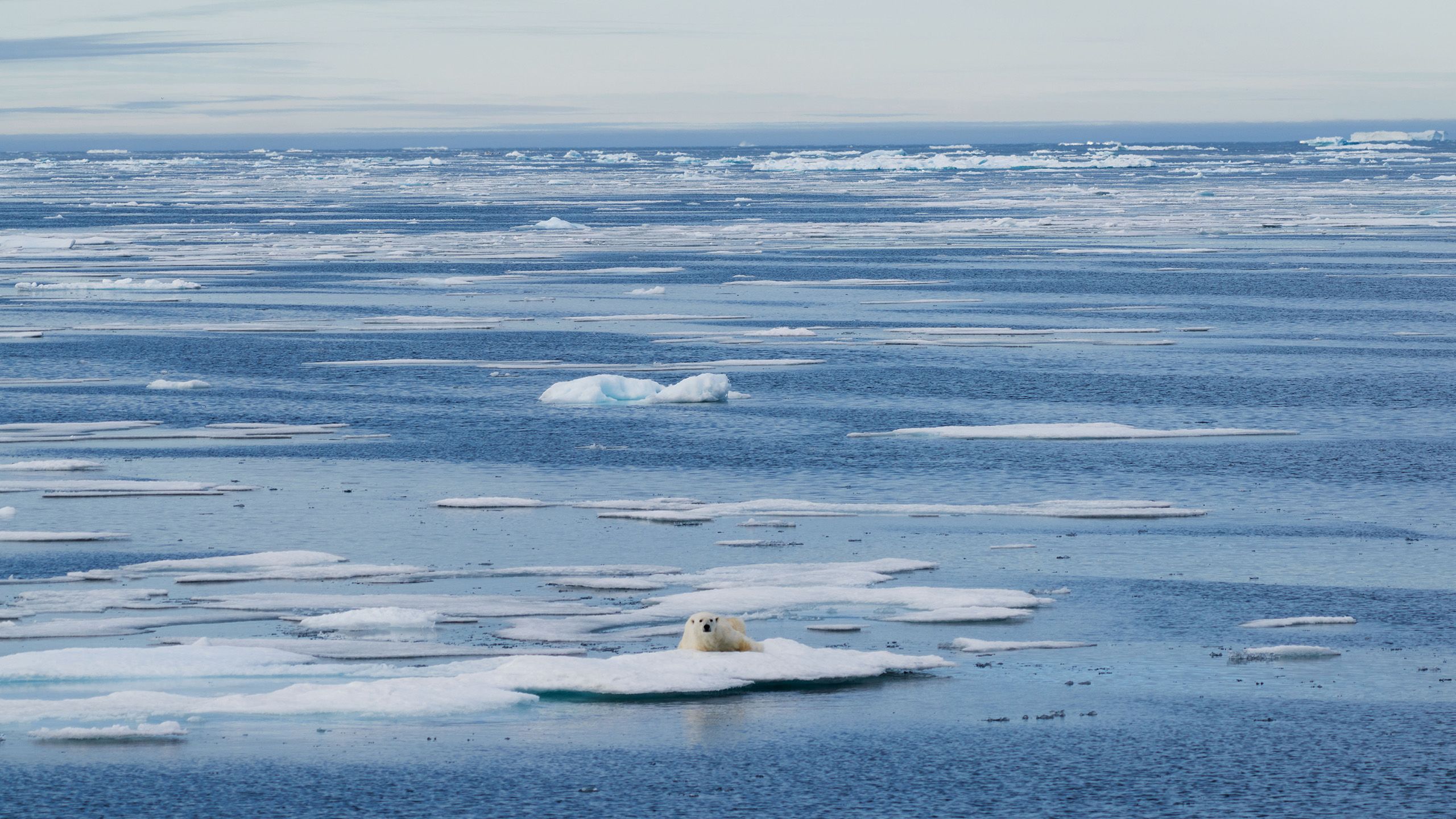
From Devon Island, Asteria was supposed to head west through the Northwest Passage, but the route was blocked with ice, so the yacht headed back for the American coast. They were on board for about four weeks in total.
The experience has, the owner says, left an indelible mark on all of them. “When you see these places and you’re not in Saint-Tropez, Monaco, Sardinia or Greece, you have a different perspective on human beings and maybe friendships with other people. You go to cocktails or dinner and everybody asks the same things: ‘Where have you been?’ ‘We’ve been to this restaurant.’ ‘What did you order?’ When you’ve been to places like the Arctic and Greenland, you realise there’s no substance in these conversations. And actually it’s always the same. They talk to us because they want to know everything.”
However, the owner doesn’t downplay the difficulties of such an adventure. “It’s very remote and very far, so it’s logistically complicated, costs a fortune to get there and you need a lot of time because the weather is very volatile,” he says.
They had friends who wanted to “drop in” on their expedition for a few days, as you might on a Med cruise. Asteria’s owners had to explain that this was a very different proposition. “You have to fly to Iqaluit, you then have to take a local plane and hope the weather is nice so you get to Pond Inlet. There’s nothing in Pond Inlet. You have to cruise for 12 hours to get to Devon Island and then if you have two or three foggy days, that’s it, you’re done. So you need time. If you don’t have a couple of weeks, you won’t see anything.”
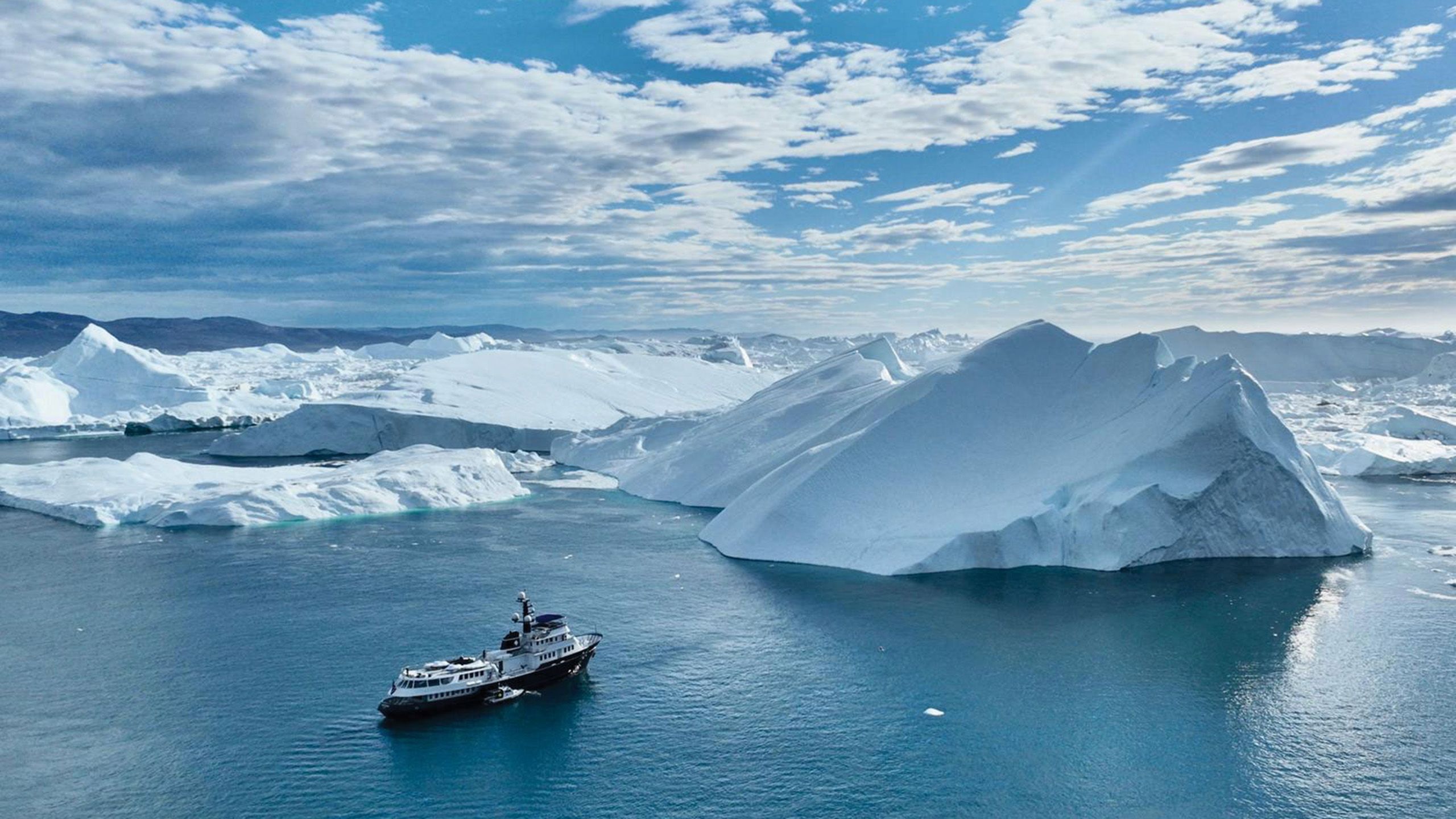
Carrying experts on board also greatly enhanced their experience. “We were very lucky to have an amazing guide, an English marine biologist who’d been to this region 25 times and was extremely knowledgeable. My boys were asking him a thousand questions a minute and he had great ways of explaining, from the ice caps and the sea ice formation to the animals and everything. They have learnt so much and they were so curious and so excited to see the narwhal and beluga whales, the walrus and the seals. They were so excited, they couldn’t sleep. It’s like an ice safari.”
His own most vivid memory is of a polar bear lying down on the ice and drifting. “I hadn’t realised that the polar bears are marine mammals. They live on the sea, they don’t live on land.” There is also, the owner says, an extra dimension to the experience that comes from remoteness. “Every time you go on the Zodiac, it’s a special feeling because you’re really, really far away and you can’t make a mistake. I think that carries a weight and is something special.”
That’s why, despite his words of caution, his enthusiasm remains undimmed. “Don’t think twice, just go. If you have the opportunity, just go there and spend as much time as you can.”
Asteria is currently listed for sale asking $25,000,000 with Worth Avenue Yachts.
First published in the February 2023 issue of BOAT International. Get this magazine sent straight to your door, or subscribe and never miss an issue.

